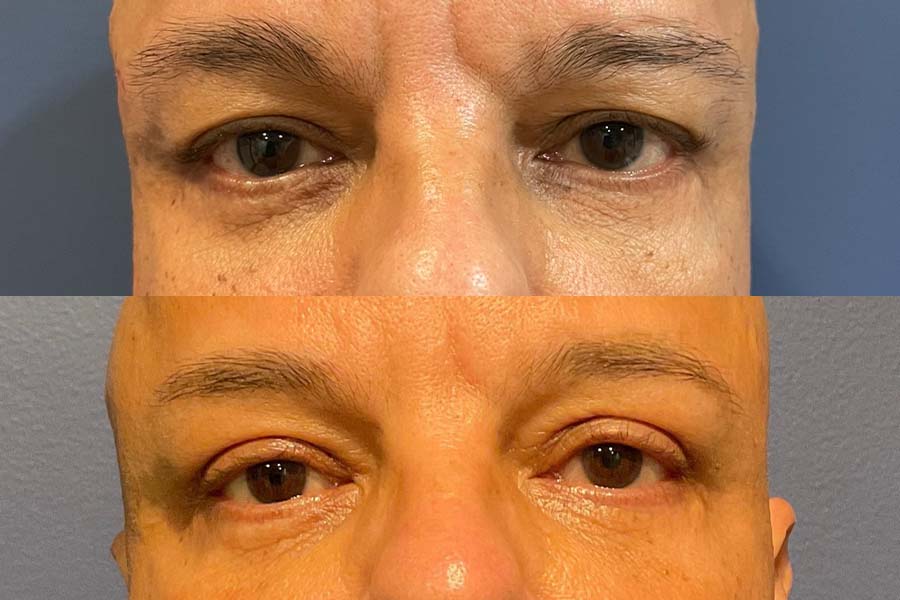Undergoing blepharoplasty, commonly known as eyelid surgery, is a significant decision aimed at rejuvenating your appearance and restoring youthful vitality to your eyes. However, the success of your procedure doesn’t solely depend on the surgery itself but also on the care you provide during the recovery phase. One crucial aspect of this recovery is how you position yourself during sleep. Proper sleeping positions can facilitate healing and ensure optimal results. Here’s a guide to help you navigate your post-blepharoplasty journey.
Why Sleeping Positions Matter After Blepharoplasty
Sleeping positions play a key role in the healing process after blepharoplasty. The delicate tissues around your eyes need time to recuperate without undue pressure or strain. Choosing the right sleeping position minimizes the risk of complications such as excessive swelling, discomfort, or potential damage to the surgical site. By adhering to recommended sleeping positions, you can promote proper circulation, reduce inflammation, and enhance the overall outcome of your procedure.
Dos of Sleeping Positions
- Elevate Your Head: Opt for sleeping positions that allow your head to remain elevated. Using multiple pillows or a wedge pillow can effectively elevate your upper body, preventing fluid accumulation and reducing swelling around the eyes. This elevation promotes proper drainage and improves blood circulation to expedite healing.
- Back Sleeping: Sleeping on your back is often the most recommended position post-blepharoplasty. This position distributes weight evenly and minimizes pressure on the eyelids, reducing the risk of complications. Place a small pillow or rolled-up towel beneath your neck to support the natural curvature of your spine and maintain alignment.
- Use Cold Compresses: Before going to bed, apply cold compresses to the surgical area for 10-15 minutes. This helps alleviate swelling and discomfort, making it easier to find a comfortable sleeping position. Ensure that the compress is wrapped in a clean cloth to protect your skin from direct contact.

Don’ts of Sleeping Positions
- Avoid Sleeping on Your Stomach: Sleeping on your stomach increases the likelihood of putting pressure on your eyes, which can lead to swelling. This may also cause fluid retention around the surgical site, prolonging the healing process and compromising results.
- Limit Side Sleeping: While side sleeping might seem comfortable, it can exert pressure on the delicate eye area, especially if you’re prone to shifting positions throughout the night. If you find it challenging to avoid side sleeping entirely, consider using additional pillows to support your head and prevent unintentional rolling.
- Avoid Excessive Movement: Regardless of your chosen sleeping position, avoid excessive tossing and turning during the night. Sudden movements can disrupt the healing process and increase the risk of complications such as bleeding or wound disruption. Practice mindfulness and try to remain still while you sleep.
Ensuring optimal results post-blepharoplasty requires careful attention to detail, including your sleeping positions. By following the dos and don’ts outlined above, you can create a conducive environment for healing and maximize the effectiveness of your procedure. Remember to consult with Dr. Mehta or your surgeon for personalized recommendations and adhere to their post-operative instructions diligently. With patience and proper care, you’ll soon enjoy the youthful, rejuvenated appearance you desire.


